So Guest List: 10 Must-Visit Ecotourism Destinations for Sustainable Travel
The “Tea Tree Valley” blog shares 10 places where you can go for ecotourism. Both hot and frosty destinations!
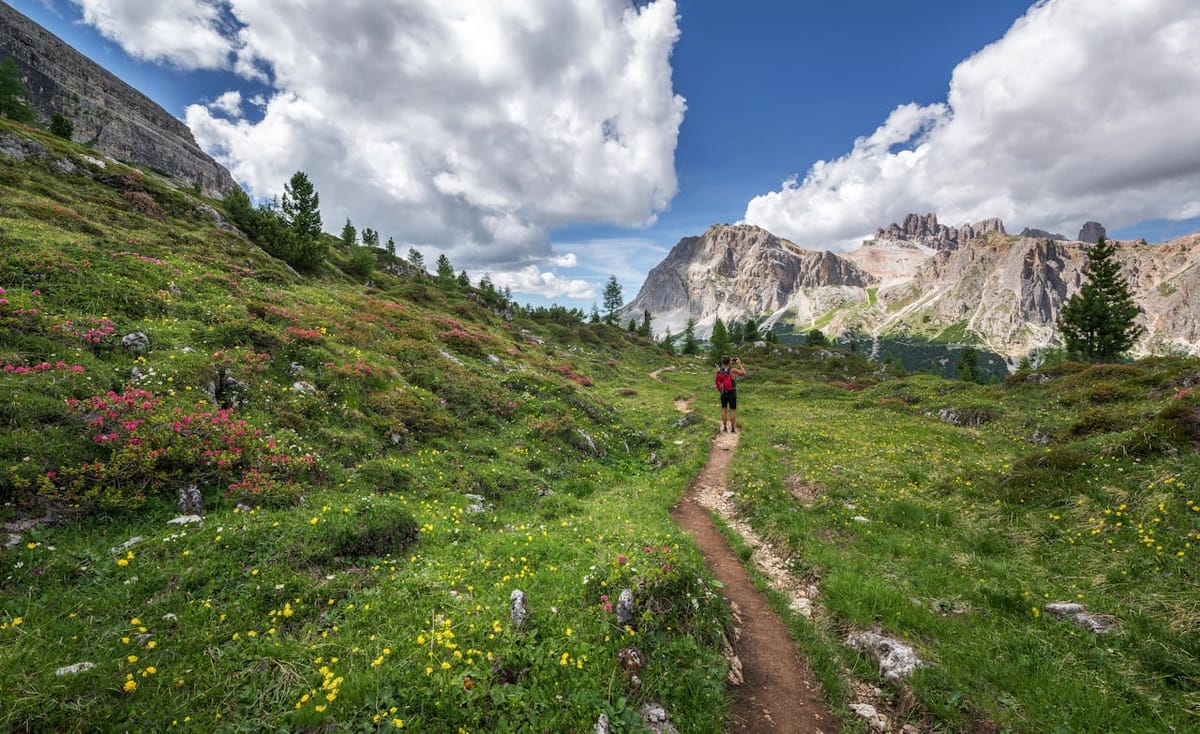
New Section on “So List”!
Previously, you might have noticed the “So Real List” and “So Business List” articles on the blog. Today we have a new one!
Alex is the author of the “Tea Tree Valley” blog. The blog is about living the eco-friendly and sustainable life aimed at preserving our environment and planet. This blog post is written entirely by Alex. Thus, this is a guest post. So here is how the “So Guest List” appeared!
Enjoy the reading!
Introduction
Your next adventure could help heal the planet… with ecotourism!
Ecotourism means enjoying nature while helping to keep it safe and supporting local people.
With our planet facing big challenges like climate change, sustainable travel is more important than ever.
Imagine visiting amazing places where your trip actually helps the Earth!
I wanted to take you on a little adventure from the comfort of your home to 10 incredible places all around the world that are working to protect our planet.
Get ready to explore breathtaking landscapes, learn local sustainability practices, and find the best spots on Earth for ecotourism.
Costa Rica
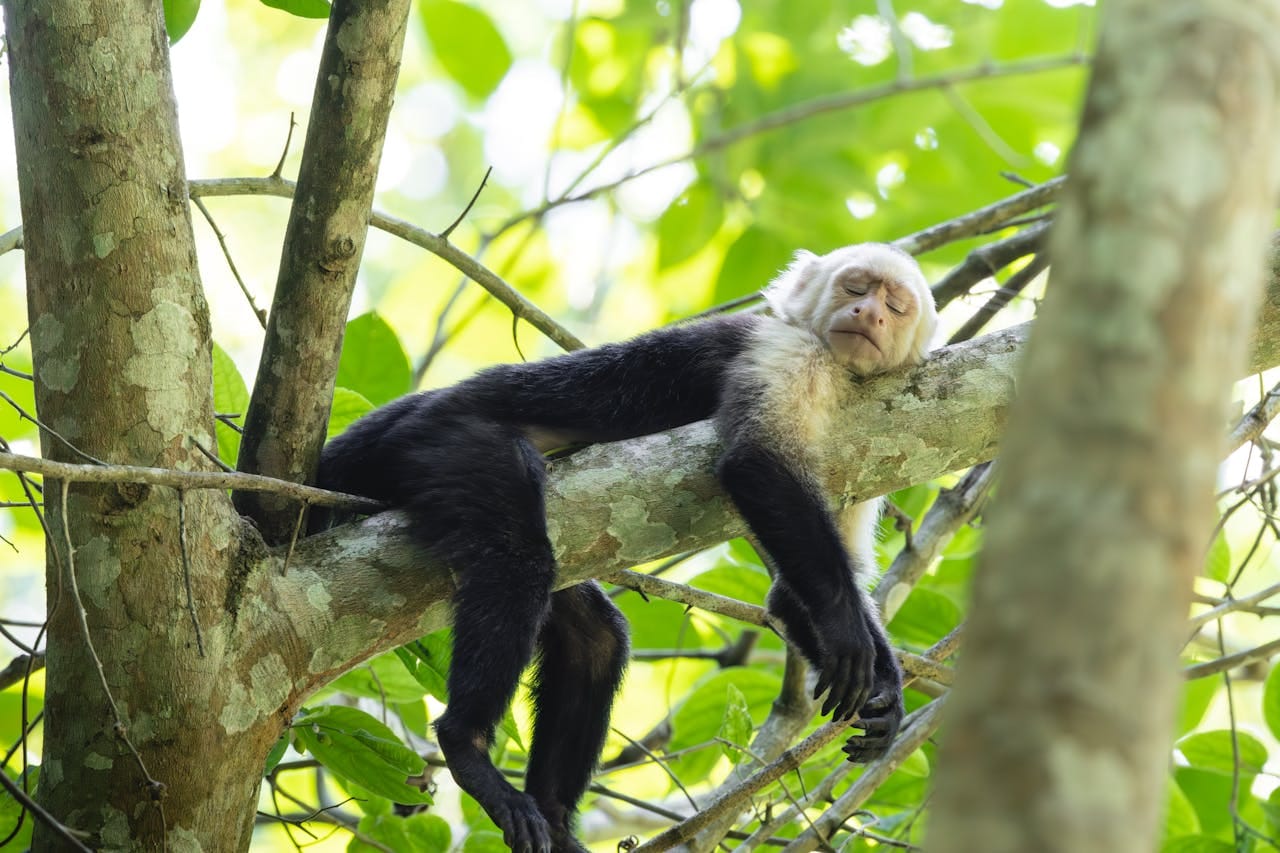
Costa Rica is perfect for nature lovers with its amazing landscapes and rich biodiversity, including over 500,000 species (about 6.5%) of the world’s plants and animals.
It's home to stunning volcanoes, rainforests, and beaches where you can spot unique wildlife like sloths and colorful frogs, though I don’t know if you should touch those.
The country's commitment to conservation is unmatched by any other country, with more than 25% of its land protected as national parks and wildlife reserves.
One of the big reasons Costa Rica leads the way in sustainability is because they use renewable energy for 98% of their electricity. No matter how much energy tourists use, they are not having a negative effect on the planet.
Costa Rica manages tourism by promoting eco-lodges that work with nature, not against it, and by educating visitors on conservation efforts in the area.
The government also encourages travelers to take the “Pura Vida” pledge for sustainable practices like being carbon-conscious, volunteering, and using eco-friendly products instead of single-use plastics.
Ecotourism Highlights
Arenal Volcano National Park: Here, you can hike through lush forests, soak in hot springs, and watch for exotic birds, all while learning about volcanic activity and local wildlife in the park.
Monteverde Cloud Forest Reserve: Explore the canopy via hanging bridges or zip lines, getting up close with the forest's misty beauty and its wildlife like the Resplendent Quetzal.
Iceland
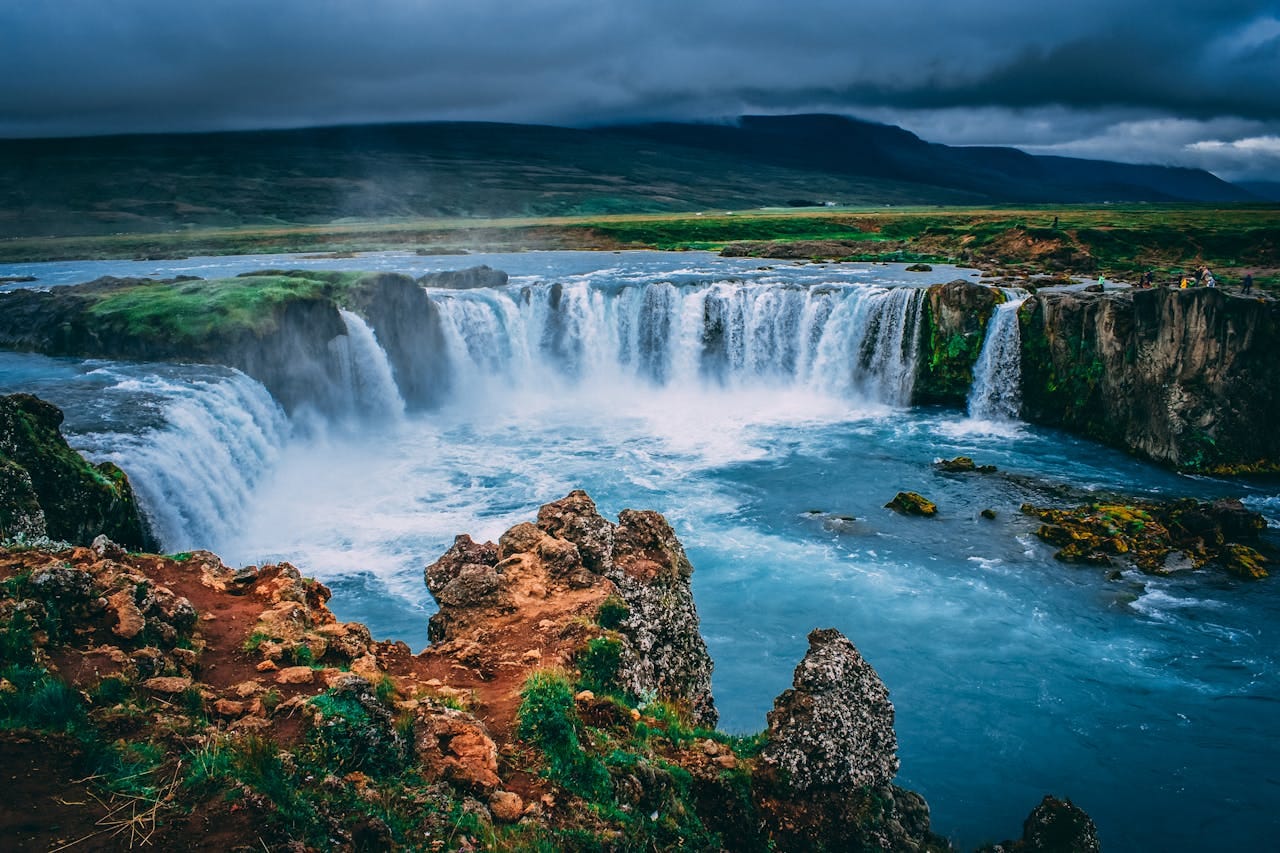
Iceland is like no other place on Earth and almost looks like something out of a video game.
It’s a paradise for nature lovers, full of unique animals like the Arctic fox and puffins, and unbelievable landscapes like volcanoes, glaciers, and hot springs that would make anyone who doesn't live there jealous.
Plus, Iceland is leading the way in protecting its environment, making it a top spot for eco-conscious travelers.
Iceland uses its geography as an advantage, getting most of its energy from the earth's heat and water power.
They also have strict rules for tourists to protect nature, like staying on paths, not disturbing wildlife, and designated places to throw trash, so the parks are always looking squeaky clean.
The country even encourages visitors to travel slower by spending more time in fewer places to reduce the environmental footprint of travel.
Ecotourism Highlights
Whale Watching: Enjoy tours where you can see whales in their natural habitat without harming them. Iceland has changed from hunting to watching whales, so they don't lose their natural wildlife to extinction, and no one is out there looking for Moby Dick.
Hiking in National Parks: Take paths like those in Vatnajökull National Park, where you can walk among glaciers and volcanic landscapes, and once your muscles are sore from all the hiking you can take a dip in the world's most relaxing hot springs.
Bhutan
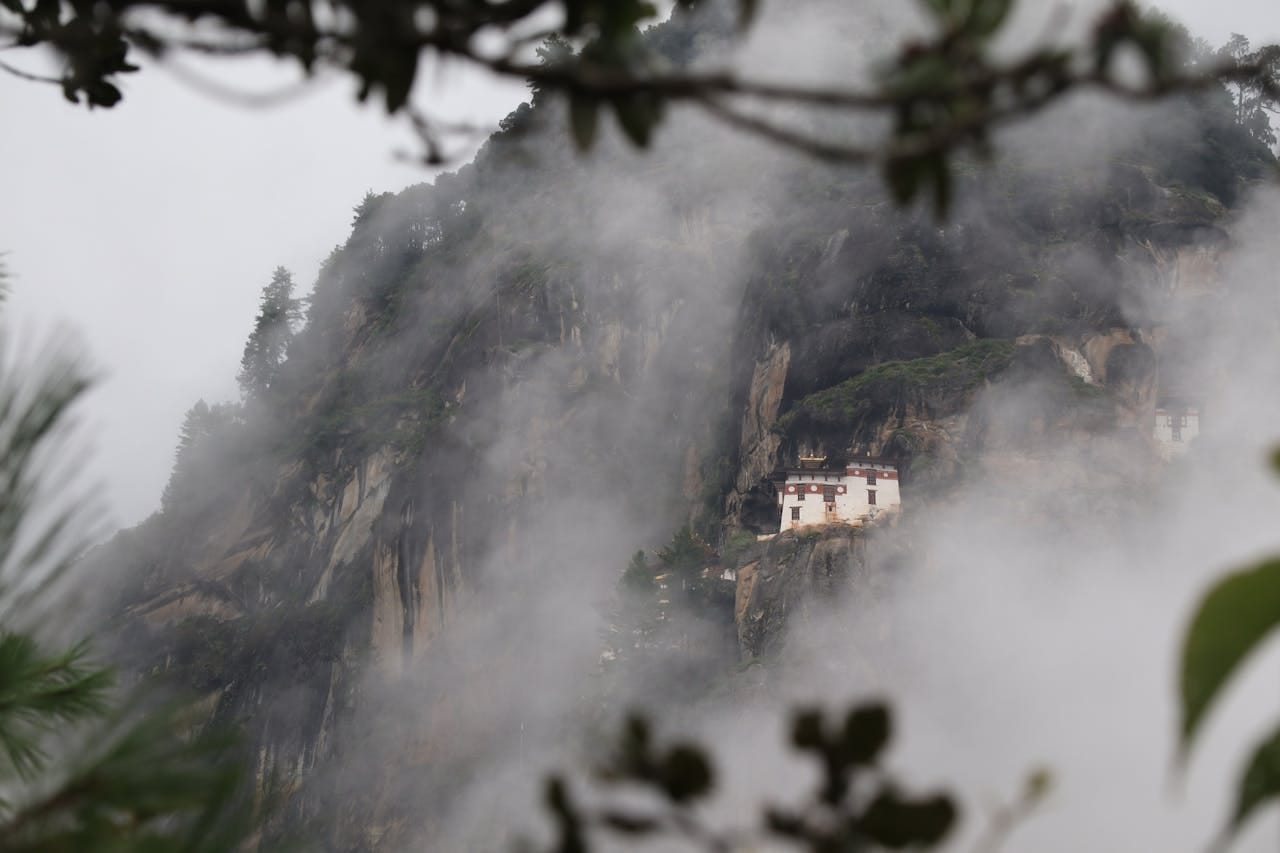
Bhutan is a magical place tucked away in the Himalayas, famous for its philosophy of Gross National Happiness where nature and culture are cherished.
It's a biodiversity hotspot with rare animals like the golden langur and black-necked crane.
Bhutan is also unique because it measures progress by happiness and environmental preservation, not just money like most other countries.
That means in Bhutan, tourism is all about quality over quantity.
They limit the number of visitors to protect their environment, and every tourist pays a daily fee that goes towards conservation and education, making sure only those who are serious will come to visit.
This country is one of the few carbon-negative countries in the world, meaning it absorbs more CO2 than it produces. I think we need to get a few more Bhutans on this planet.
Ecotourism Highlights
Trekking the Trans Bhutan Trail: Experience one of the world's greatest hikes, which not only offers stunning views of its mountains, forests, and historical sites, but also supports local communities through sustainable tourism practices.
Visit to Paro Taktsang (Tiger's Nest): This iconic monastery clings to a cliffside, offering a spiritual journey with minimal environmental impact, really showcasing Bhutan’s dedication to preserving its sacred sites and nature. Plus, this monastery looks straight out of a fairy tale.
Norway
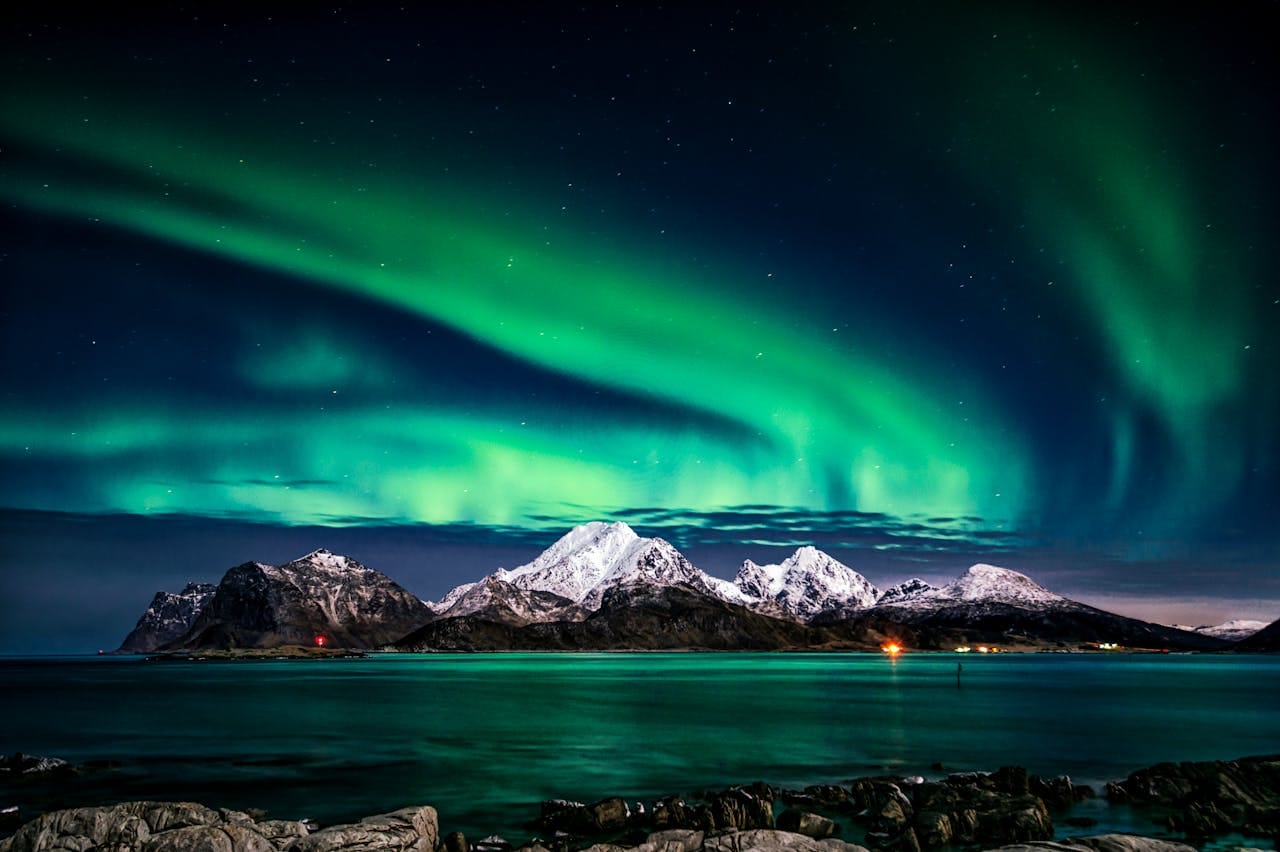
Norway is full of stunning fjords, towering mountains, and the magical Northern Lights that every human should see in their lifetime.
It's home to unique wildlife, like reindeer and sea eagles, in some of the world's most pristine snowy environments.
The country is dedicated to keeping these natural wonders intact for future generations, making it a prime ecotourism destination for you and your kids, and even their kids too!
Norway is also a leader in green energy with about 95% of its power coming from the country's abundant water resources through dams and hydro plants.
They've introduced electric ferries and encourage eco-friendly travel practices, like using public transport and respecting nature's relaxing solitude by leaving the destination better than how you found it.
Norway also focuses on sustainable fishing and farming, so that the food you eat as a tourist supports rather than depletes natural resources.
The only thing about Norway is that it's super cold, so make sure to pack a jacket or two.
Ecotourism Highlights
Fjord Cruises: Get to know Norway's fjords on electric or low-emission boats, offering breathtaking views in the crisp, fresh air while minimizing environmental impact.
Husky Sledding: Participate in tours where you can ride with the cute huskies, supporting local communities, dog care, and promoting the conservation of Norway's snowy landscapes.
Kenya
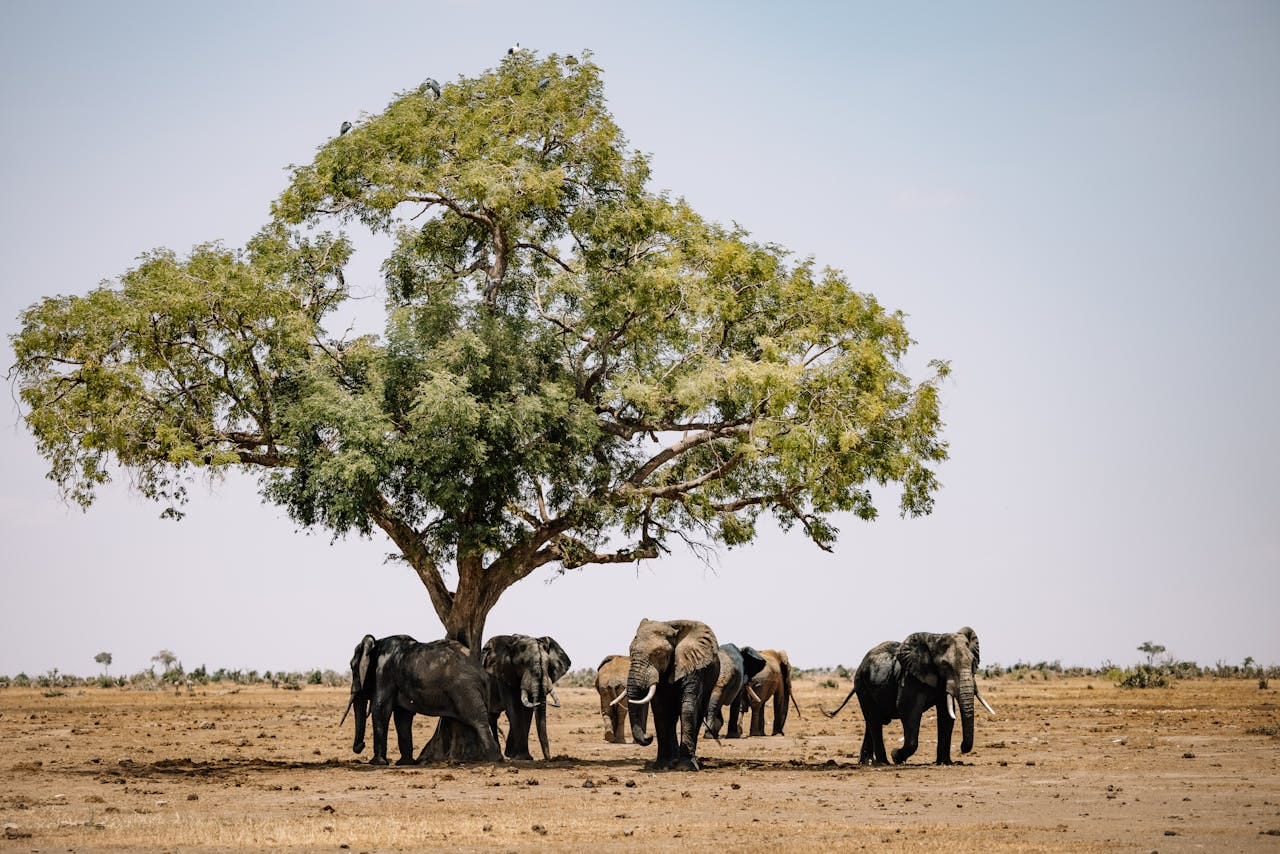
When you think of tourism, Kenya probably isn't very high on your list. But when it comes to ecotourism, Kenya is one of the best places to visit!
Kenya is where you can see the Big Five — lions, elephants, buffaloes, leopards, and rhinos — in their natural home.
It's famous for the Great Migration, where millions of animals move across the plains. You may have seen this in National Geographic or something, but I doubt many if you have seen this in real life.
Kenya also works hard to keep its wildlife safe, with lots of parks and reserves dedicated to conservation.
In Kenya, tourism helps keep the environment healthy.
They have rules like not getting too close to animals to keep them safe, and they build lodges for tourists that blend into nature without harming it.
With the culture in Africa, everything travelers do involves the local communities, making sure tourism supports their way of life and culture. Plus, you can get some really delicious food!
Kenya is an extremely unique and slept-on place to travel. Though maybe not the best place for beginner travelers, experienced travelers can give it a chance!
Ecotourism Highlights
Safari in Maasai Mara: You can experience the magic of watching wildlife in one of the amazing wildlife parks. The Maasai Mara offers guided tours that teach you about conservation while you enjoy the animals roaming around in their natural habitat.
Visit to Ol Pejeta Conservancy: At Ol Pejeta Conservancy, you can see the last two northern white rhinos * on Earth and learn about the efforts to save them. Activities include guided walks, where you're educated on how to coexist with nature without destroying the landscapes or animals.
* Their southern brothers were even once thought extinct.
Sloveni
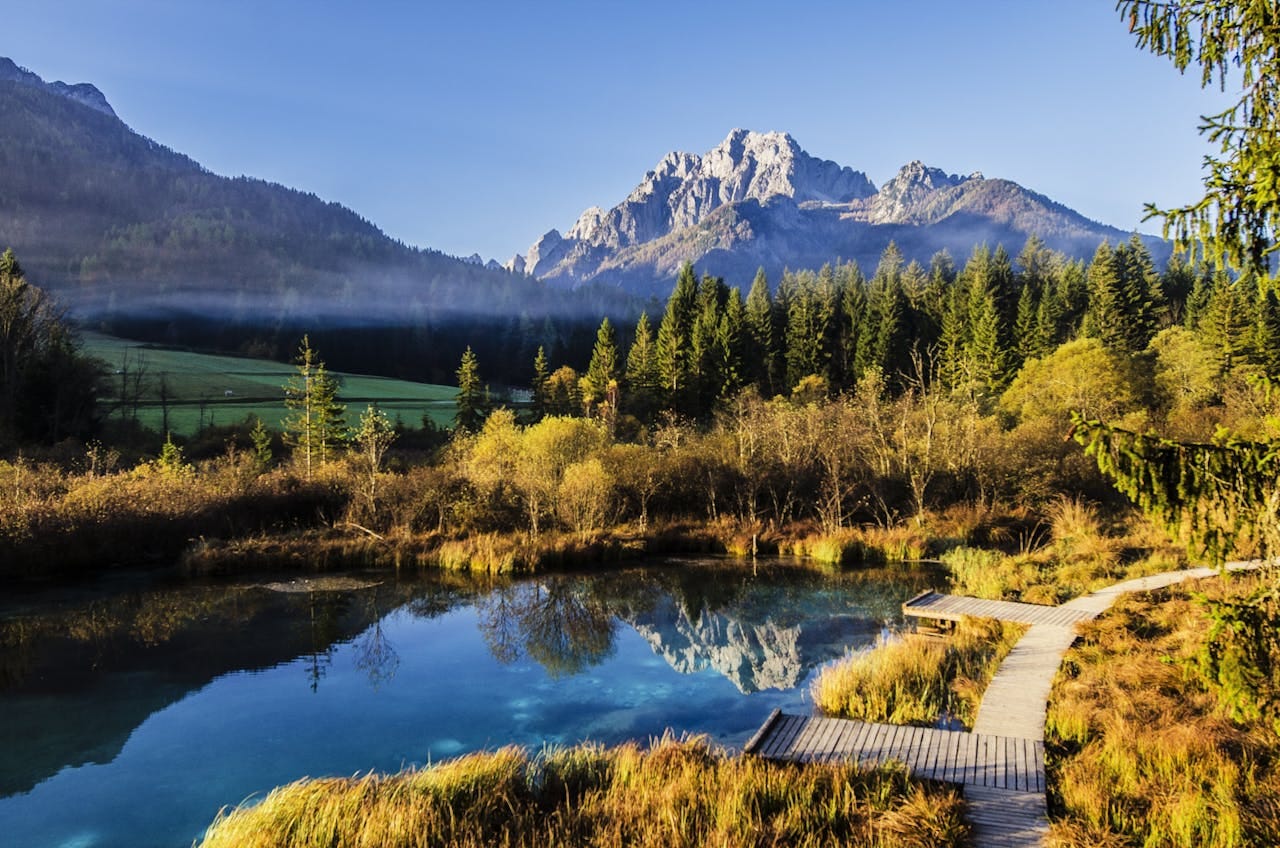
As an ecotourist, Slovenia is perfect because it's packed with natural wonders like Lake Bled and the magical Postojna Cave.
And thanks to its diverse landscapes, it is home to lots of unique animals. There’s the Karst Shepherd, the Carniolan honeybee, and the Lipizzan horse. Some of them are really cute, too!
Slovenia takes care of its environment by promoting biking, walking, and public transportation instead of cars, keeping their air free of exhaust fumes.
They've also made rules to keep nature spots clean from landfill trash to protect wildlife, like the “Zero Waste Cities” policy, focusing on reducing waste at its source.
Plus, many hotels here are very eco-friendly, using solar power and recycling to reduce their impact on the planet, and provide you with green energy during your stay.
Ecotourism Highlights
Visit to the Škocjan Caves: Explore these UNESCO World Heritage caves with guided tours that teach you about the underground world while keeping it safe for the bats and other creatures living there.
Beekeeping Experience: Learn about Slovenia's love for bees at eco-farms where you can participate in beekeeping, taste local honey, and understand the role bees play in our ecosystem. Don't worry, the bees promised me they won't sting you.
Finland
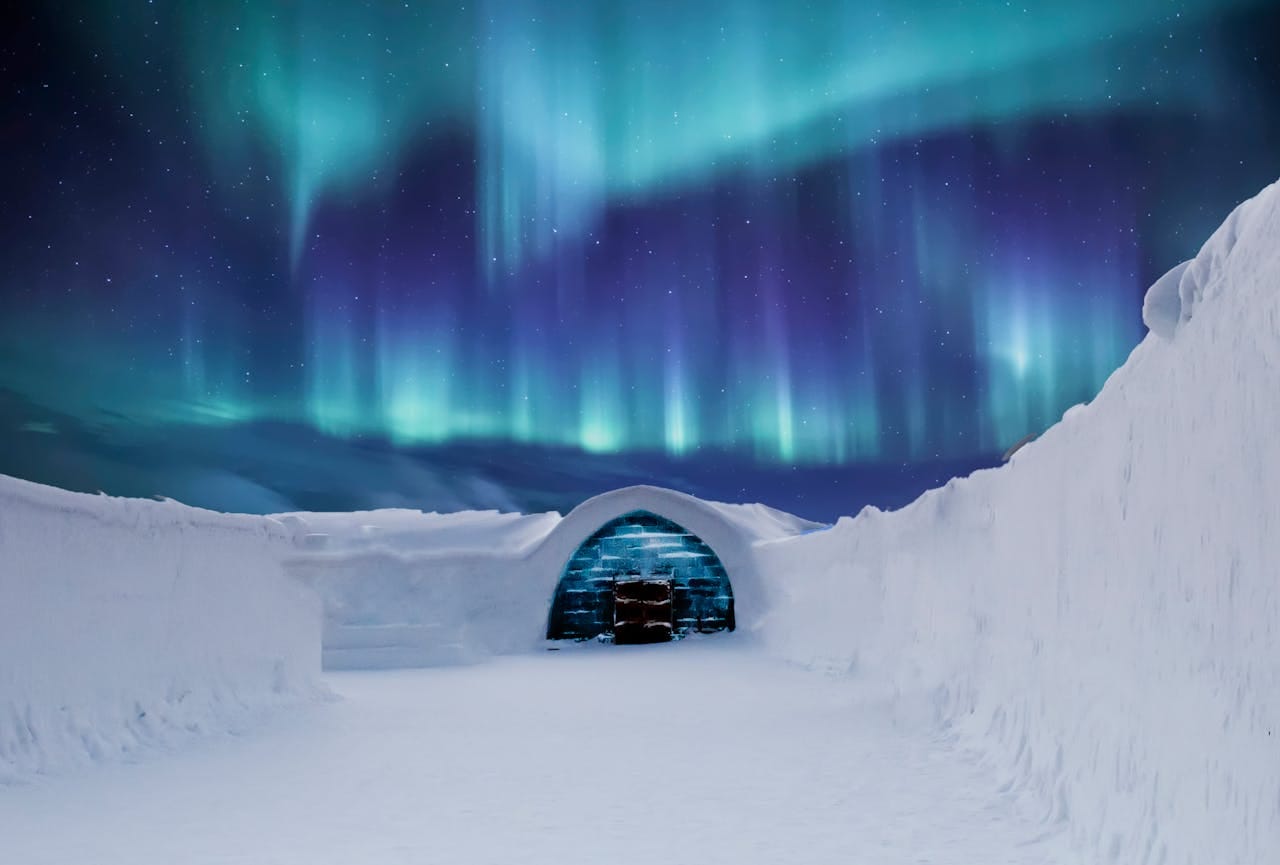
Finland is another go-to place if you want to see the Northern Lights dancing in the sky.
This country is big on protecting its nature, with vast, untouched wilderness areas, thousands of lakes and forests, and lots of national parks where you can spot unique animals like the Saimaa Ringed Seal, the wolverine, or, if you’re lucky, maybe even a flying squirrel.
Plus, Finland's commitment to environmental education means your visit can turn you into an environmental genius too!
In Finland, they're all about using clean energy, like wind and water power, so your adventure leaves a lighter footprint, and they've got a system where you can rent or borrow gear instead of buying.
The Finnish love for nature also means there are strict rules to keep areas clean and undisturbed, like the “everyman’s right”, or “jokamiehenoikeudet” (I won't even try to pronounce it), which lets you roam freely, but you must adhere to the “leave no trace” policy.
They even have eco-certifications, like the Green Key or the Nordic Swan Ecolabel, for hotels and activities, ensuring tourists can be confident that their stay contributes positively to environmental conservation efforts.
Ecotourism Highlights
Aurora Hunting: Join tours to see the Northern Lights without disturbing the night sky. These tours often use eco-friendly transport like electric cars or bikes to reduce pollution. And, there is nothing more naturally beautiful than the Northern Lights.
Wilderness Safaris in Lapland: Experience Finland's untouched nature by staying in an eco-lodge and exploring on snowshoes or by dog sled. These activities introduce you to the Sámi culture, who have a traditional form of music called Joik, which is a way to connect with nature, people, and animals.
Indonesia
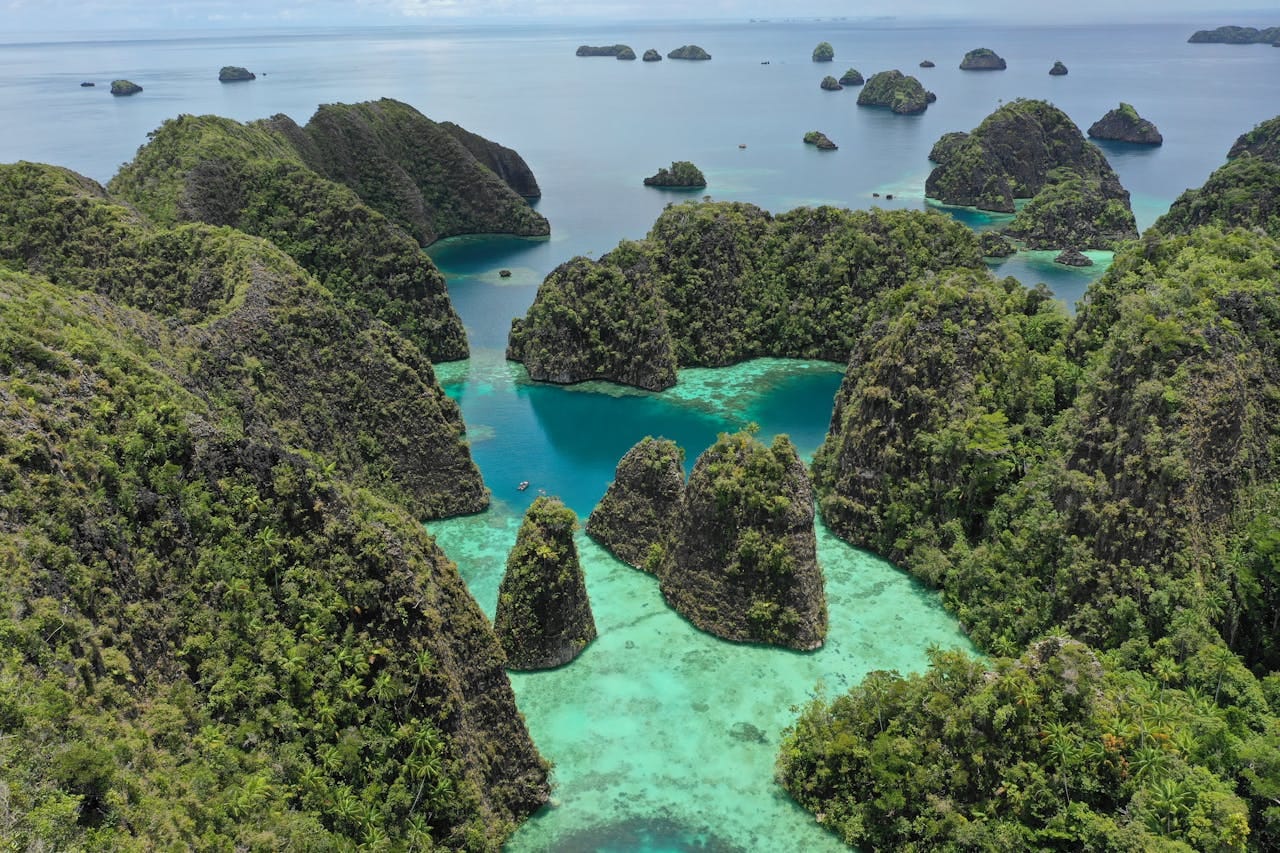
Indonesia has over 17,000 islands, and you can find everything from the dense, lush rainforests of Borneo, where orangutans swing freely, to the underwater wonderland of Raja Ampat, known to have the world's richest marine life.
And it is home to the famous Komodo dragons! These guys don’t breathe fire, though, but they are a little scary!
Efforts in conservation here are strong, with multiple national parks and reserves dedicated to protecting its unique flora and fauna from deforestation and illegal wildlife trade.
Indonesia is working on eco-friendly tourism, like visitor quotas in sensitive areas to prevent overcrowding and damage to natural habitats.
They encourage eco-lodges that use local materials and provide jobs to locals, helping both the environment and community.
And, Indonesia is tackling one of its biggest environmental issues, plastic pollution, with initiatives to clean up beaches and reduce single-use plastics, encouraging tourists to participate in these efforts during their stay.
Ecotourism Highlights
Snorkeling or Diving in Raja Ampat: Discover one of the last truly wild places on earth with coral gardens and vibrant marine life. The tours here are managed to make sure that the reefs remain untouched.
Visiting Komodo National Park: See the prehistoric Komodo dragons in their natural habitat. Tours focus on education about their conservation, and visitor numbers are controlled to protect the park's ecosystem.
Ecuador

Ecuador is where the Andes meet the Amazon, offering diverse landscapes from cloud forests to the incredible Galapagos Islands, where you can see animals that live nowhere else on Earth.
Ecuador cares a lot about its nature, with many national parks and reserves, such as Yasuní National Park, which is one of the most biodiverse places on the planet.
In Ecuador, they manage tourism so that it doesn't hurt the environment.
Like in the Galapagos, tourists must be accompanied by guides who are trained to teach about conservation, and in mainland Ecuador, especially around the Amazon, community-based tourism is big, where local indigenous groups manage eco-lodges and tours.
They also promote activities that have low environmental impact, like birdwatching or kayaking, and have many accommodations that are built to blend with the natural surroundings, using renewable resources and supporting local economies.
Ecotourism Highlights
Galapagos Wildlife Tours: Go on a guided journey where you can see giant tortoises, marine iguanas, and blue-footed boobies up close. These tours are all about protecting the islands while letting you experience their uniqueness!
Amazon Rainforest Canopy Walks: Explore the jungle from treetop walkways in the Yasuní National Park. This way, you can see the forest's biodiversity without disturbing the untouched ecosystem below. Plus, it really makes you feel like a monkey swinging through the trees.
Palau
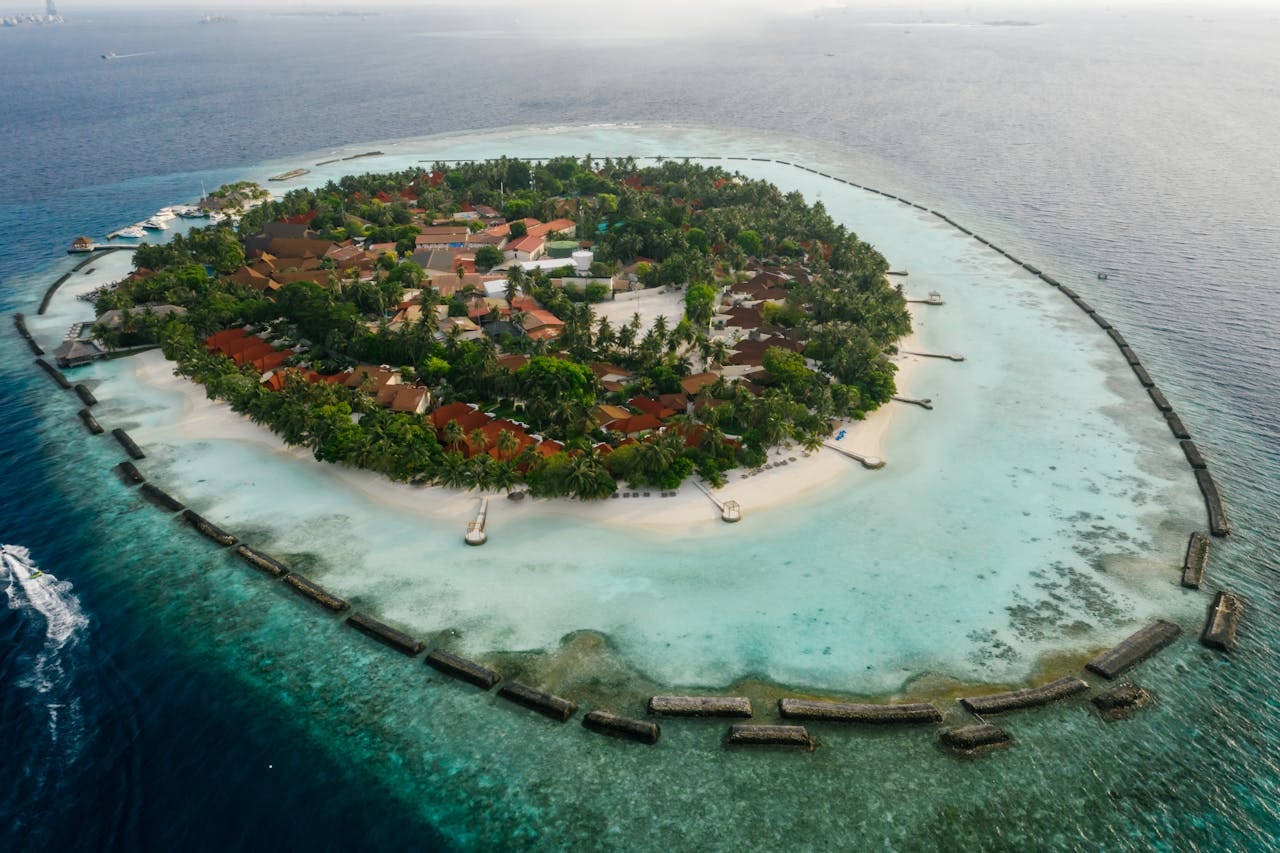
Palau is an island paradise in the Pacific, known for its stunning coral reefs, clear waters, and diverse marine life, including over 1,300 species of fish.
Palau is also famous for its strong commitment to conservation, making it a must-visit for those who love nature and want to help protect it.
Like how The Rock Islands, with their unique mushroom shapes, are a UNESCO World Heritage Site, and really worth seeing.
Palau has one of the most progressive environmental policies, like the Palau Pledge that all tourists must make upon entering the country. The pledge is to respect and protect Palau's natural beauty by not littering, damaging coral reefs, or disturbing wildlife.
Local laws are designed for tourism to benefit the community and the environment, with practices like regulated, sustainable fishing and waste management policies that make sure tourism doesn’t mess with the natural landscape or wildlife.
Ecotourism Highlights
Diving in Jellyfish Lake: Experience the unique phenomenon of swimming among millions of harmless golden jellyfish in this marine lake. It's not just an adventure; it's a lesson in how ecosystems can thrive when protected. Don’t forget to get some really cool selfies!
Snorkeling at the Blue Corner: This is one of the best spots for seeing sharks, manta rays, and other sea creatures in their natural environment. Tours here are strictly regulated so the marine life and coral reefs are preserved for future generations.
Final Thoughts
These ten destinations offer more than just travel, they give you the chance to connect with the planet in a way that heals rather than harms.
By choosing ecotourism, you’re an active player in conservation efforts, supporting local communities, and making sure that these natural wonders remain for future generations to enjoy.
Whether you're hiking in Norway's fjords, witnessing the Great Migration in Kenya, or diving among the reefs of Palau, your next adventure could contribute to a sustainable future for our planet.
So, next time you’re planning a trip, consider going to one of these amazing ecotourism destinations!
About the Author
Hello! I’m Alex with Tea Tree Valley (https://teatreevalley.com), an eco-friendly clothing company that actually helps the environment.
Our goal is to make the Earth cleaner for ourselves and our future generations.
Not only do our clothes contribute positively to the environment, we also aim to educate people about the importance of a clean planet and what they can do to help.
Earth is our only home, and we must treat her with kindness. Every little bit helps!



